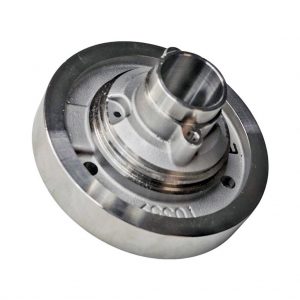Bronze is an alloy consisting primarily of copper, commonly with about 12–12.5% tin and often with the addition of other metals (such as aluminium, manganese, nickel or zinc) and sometimes non-metals or metalloids such as arsenic, phosphorus or silicon.
These additions produce a range of alloys that may be harder than copper alone, or have other useful properties, such as strength, ductility, or machinability.
One of the benefits of using bronze based components is the number of different bronze alloys that are available. Bronze alloys have a huge variety of uses that
reflect their versatile physical, mechanical, and chemical properties. By adding or subtracting various elements from the alloy mixture, specific properties can be achieved in order to adapt to the needs of the particular application.
Specific Bronze Alloys are formulated to achieve the following advantages for pump applications:
• Low wear rate
• Ability to run dry
• Can be lubricated with water or process fluids as
well as grease or oil
• Close clearances to give stable shaft and lower
seal wear
• Good wear life in dirty conditions
• Resistant to chemicals
• Lead free alloys for drinking water applications
• Low shaft wear
• High compression strength
Components
Mechanical Components for Pump
Application
Automotive




